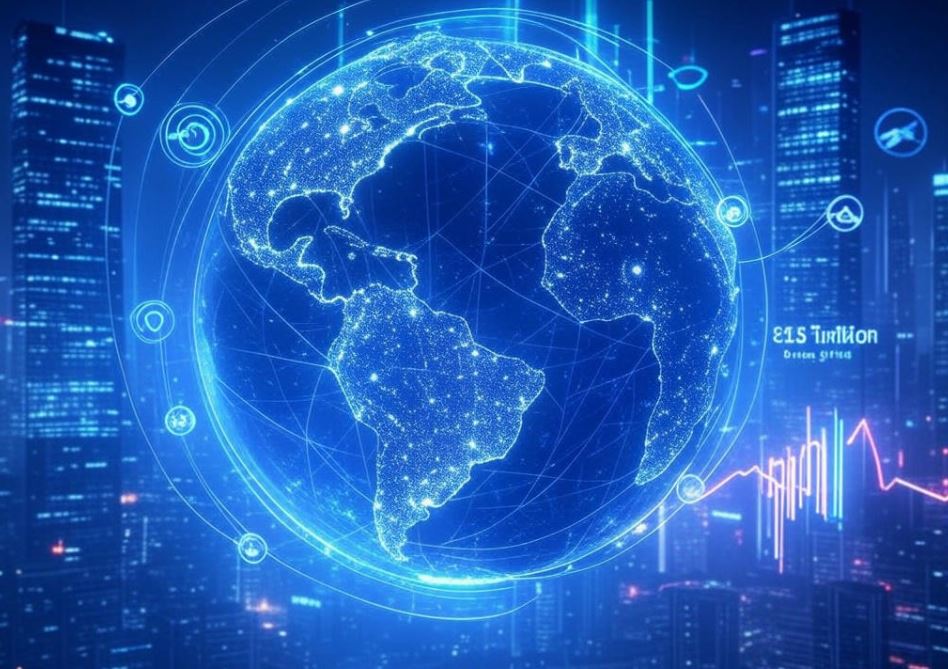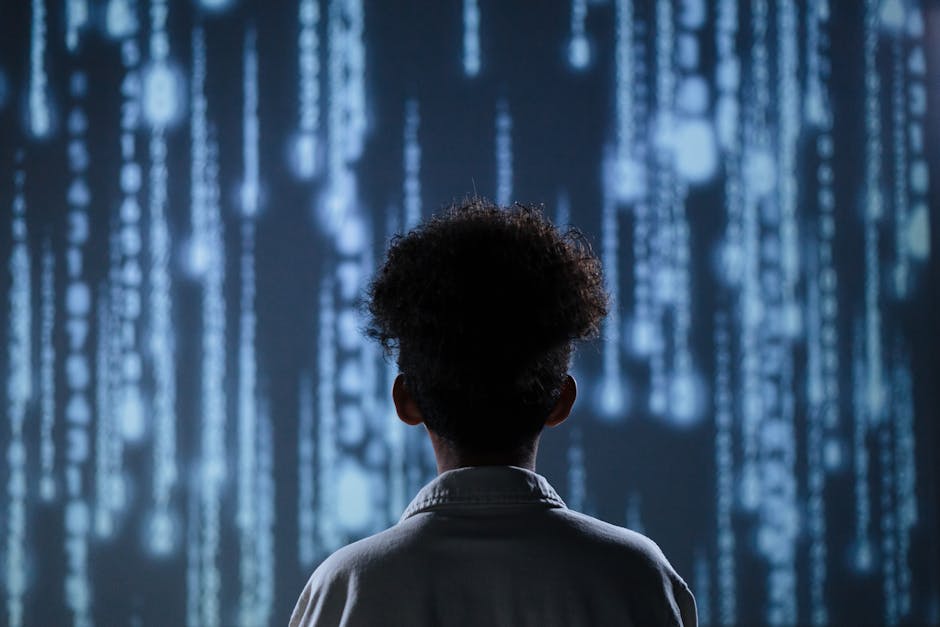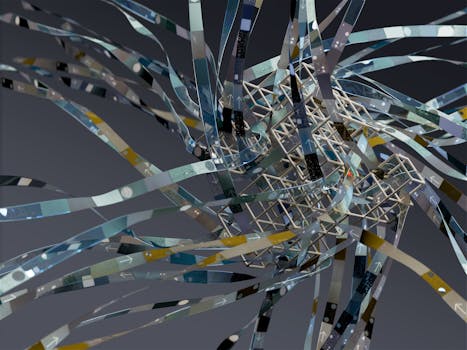Picture this: you’re watching the most prestigious tennis tournament in the world, the tension is thick as two players battle for match point, and a crucial shot lands millimeters from the line. But instead of a human official making the call, it’s an artificial intelligence system that decides the fate of the match. Welcome to Wimbledon 2024, where tradition just got a major tech upgrade.
For the first time in its 147-year history, Wimbledon has completely eliminated human line judges from all courts, replacing them with AI-powered electronic ball-tracking technology. This isn’t just a small change – it’s a seismic shift that’s reshaping one of sport’s most hallowed traditions.
The Human Element That’s Now Gone Forever
For generations, tennis fans have grown accustomed to seeing line judges stationed around the court, their keen eyes following every shot. These officials, dressed in their distinctive navy and cream uniforms, have been as much a part of Wimbledon’s charm as the strawberries and cream. They’ve made split-second decisions that have determined the outcome of legendary matches, sometimes becoming part of tennis folklore themselves.
Remember John McEnroe’s famous “You cannot be serious!” outburst? That was directed at a human line judge. These moments of drama, controversy, and human emotion have been woven into tennis history. But now, that chapter is officially closed.
The decision affects every single court at the All England Club from Centre Court, where the biggest matches unfold, to the outer courts where qualifying rounds take place. We’re talking about replacing dozens of trained officials who have spent years perfecting their craft with a computer system that never blinks, never gets tired, and never has an off day.
The Technology Behind the Revolution
The AI system Wimbledon has adopted isn’t some experimental gadget, it’s a sophisticated piece of technology that’s been years in the making. The electronic line-calling system uses multiple high-speed cameras positioned around each court, capturing thousands of frames per second. These cameras work together to create a three-dimensional map of the ball’s trajectory and can pinpoint exactly where it lands with accuracy down to millimeters.
The AI doesn’t just track the ball – it understands the game. It knows the difference between a serve and a groundstroke, can identify when a ball clips the net, and understands the various court surfaces. The system processes all this information in real-time, making calls faster than any human ever could.
What makes this particularly impressive is how the technology handles the unique challenges of grass court tennis. Grass is notoriously difficult to read – balls can skid, bounce unpredictably, and leave minimal marks. The AI system has been trained specifically to handle these variables, using advanced algorithms that can account for factors like weather conditions, court moisture, and even the way grass moves when a ball lands on it.
Why Wimbledon Made This Dramatic Change
The decision wasn’t made overnight. Tournament organizers have been testing electronic line-calling systems for years, gradually expanding their use. The COVID-19 pandemic actually accelerated this process, as reducing the number of people on court became a priority for health and safety reasons.
But the real driving force behind this change is accuracy. Human line judges, no matter how skilled, can make mistakes. Studies have shown that even the best officials can miss calls, especially on fast shots or when the ball lands very close to the line. The pressure of making decisions in front of thousands of spectators, with millions more watching on television, can affect performance.
The AI system eliminates these human factors. It doesn’t feel pressure, doesn’t get distracted, and doesn’t have bad days. Every call is made with the same level of precision, whether it’s the first point of a practice match or championship point at the finals.
There’s also the consistency factor. Different human line judges might interpret close calls slightly differently, but the AI system applies the same standards throughout the tournament. This means players can trust that a call made on Court 18 will be judged by the same criteria as one made on Centre Court.
What Players Really Think About Robot Referees
The reaction from players has been mixed, and that’s putting it diplomatically. Some players have embraced the technology, praising its accuracy and the elimination of human error. They appreciate knowing that every call is correct, which removes one potential source of frustration and controversy.
Novak Djokovic, always vocal about technology in tennis, has been largely supportive, noting that the system speeds up play and reduces arguments. “You can’t argue with the computer,” he’s said, which eliminates the time-consuming disputes that can disrupt the flow of matches.
But not everyone is thrilled. Some players miss the human element, arguing that line judges were part of tennis’s character. They point out that dealing with human officials, including the occasional bad call, has always been part of the mental challenge of tennis. Learning to handle these situations was considered part of a player’s development.
There’s also the practical concern about technology failures. What happens if the system goes down during a crucial point? While backup systems are in place, some players worry about relying entirely on technology for such critical decisions.
The Fans Are Divided
Tennis fans are just as split as the players. Traditional fans, particularly those who’ve been following Wimbledon for decades, see this as another step away from the tournament’s historic charm. They argue that human line judges added personality and unpredictability to matches.
“It’s sterile now,” complains longtime fan Margaret Thompson from London. “Part of the drama was watching a player challenge a call, seeing the line judge’s reaction. Now it’s just a computer voice.”
On the other hand, younger fans and those who prioritize fairness over tradition are largely supportive. They argue that getting calls right is more important than maintaining outdated practices. Social media has been filled with debates about whether this represents progress or the loss of tennis’s soul.
The broadcast experience has changed too. Instead of cameras cutting to line judges making dramatic calls, viewers now see digital graphics showing exactly where the ball landed. Some find this more informative, while others miss the human drama.
The Broader Impact on Professional Tennis
Wimbledon’s decision is reverberating throughout the tennis world. Other Grand Slam tournaments are watching closely, and many are likely to follow suit. The French Open has already begun implementing electronic line-calling on some courts, and the US Open has been gradually expanding its use.
This creates interesting questions about consistency across tournaments. If Wimbledon uses AI for all line calls but the French Open still uses human judges for some matches, players need to adapt their mental approach depending on which tournament they’re playing.
The change also affects the broader tennis ecosystem. Line judges who have worked at Wimbledon for years are now looking for new roles. Some are transitioning to other tournaments that still use human officials, while others are leaving tennis officiating entirely.
Tennis academies are also adapting their training programs. Young players are growing up with electronic line-calling as the norm, which might affect how they handle pressure and disputes in their professional careers.
What This Means for the Future of Sports
Wimbledon’s move is part of a broader trend toward technology in sports. We’ve seen goal-line technology in football, video replay systems in American sports, and now comprehensive AI officiating in tennis. The question is no longer whether technology will replace human officials, but how quickly and completely it will happen.
The success of Wimbledon’s AI system will likely influence other sports. Cricket has already implemented similar technology for line calls, and football continues to expand its use of video assistant referees. Basketball and American football are experimenting with automated systems for various types of calls.
But tennis might be uniquely suited to this technology. The rules are relatively straightforward – either the ball is in or it’s out. Other sports have more subjective calls that might be harder for AI to handle consistently.
The Verdict: Progress or Loss?
As with any major change to a beloved tradition, Wimbledon’s adoption of AI line-calling represents both gain and loss. The gain is clear: more accurate calls, faster play, and elimination of human error. The loss is harder to quantify but no less real: the human element that has been part of tennis’s charm for over a century.
What’s certain is that this change is permanent. The technology works too well, and the benefits are too significant for tournaments to go back to human line judges. Players will adapt, fans will adjust, and new generations will grow up considering AI officiating as normal as grass courts and white clothing.
The real test isn’t whether the technology works – it clearly does. The test is whether tennis can maintain its character and drama without the human officials who have been part of its story for so long. Only time will tell if something essential has been lost in the pursuit of perfect accuracy.
One thing is sure: when future tennis fans watch old matches and see human line judges making calls, it will seem as quaint and outdated as wooden rackets and white balls. The game has changed, and there’s no going back.



